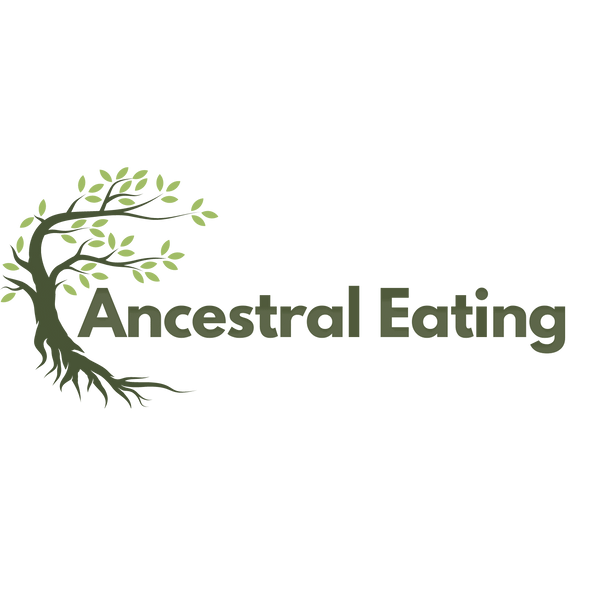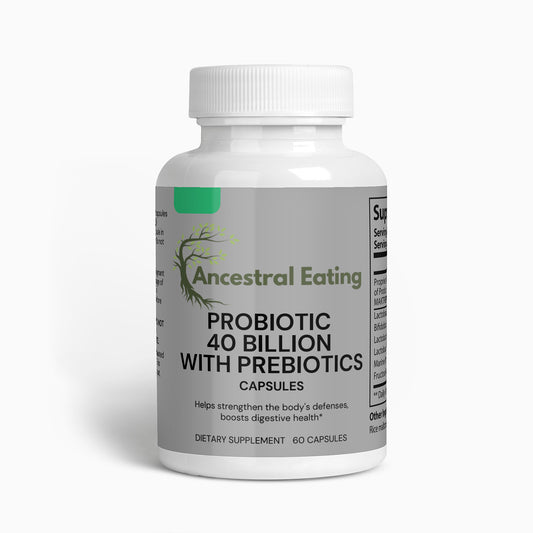The foods consumed in China over the past 500 years have been influenced by a variety of factors including geography, climate, historical events, and cultural exchanges. China is vast and diverse, with each region having its own culinary traditions. Here is a general overview:
Staples:
- Rice: Predominantly consumed in southern China, rice is a staple food item, often served steamed.
- Noodles: Common in northern China, made from wheat.
- Millet and Sorghum: Also staples in the north, especially before the widespread cultivation of wheat.
Proteins:
- Pork: The most widely consumed meat.
- Chicken and Duck: Also widely consumed, often in stews, stir-fries, and roasts.
- Fish and Seafood: More prevalent in coastal regions.
- Tofu and Other Soy Products: Used throughout China, especially among Buddhists and those observing a vegetarian diet.
- Eggs: Consumed in a variety of ways, including boiled, fried, and in omelets.
Vegetables:
- Leafy Greens: Like bok choy, napa cabbage, and spinach.
- Root Vegetables: Such as radishes and turnips.
- Beans and Legumes: Like soybeans and mung beans.
- Mushrooms: Various types, often used in soups and stir-fries.
Spices and Condiments:
- Soy Sauce: Used widely for seasoning.
- Chilies: Especially popular in regions like Sichuan and Hunan.
- Garlic, Ginger, and Green Onions: Common aromatic bases for many dishes.
- Five-Spice Powder: A common spice mix.
Fruits:
- Citrus Fruits: Like mandarins and pomelos.
- Stone Fruits: Like peaches and plums.
- Melons: Various types of melons, including watermelon.
- Tropical Fruits: Like lychee and longan, more common in the south.
Desserts:
- Sweet Soups: Made from ingredients like red bean or lotus seed.
- Mooncakes: Especially popular during the Mid-Autumn Festival.
- Rice Cakes: Made from glutinous rice and flavored with ingredients like red bean paste.
Beverages:
- Tea: Consumed throughout the country, with various types like green tea, oolong, and pu-erh being popular.
- Rice Wine: Such as "mijiu" and "huangjiu."
- Herbal Drinks: Often consumed for supposed health benefits.
Historical Influences:
- Mongol Rule: Introduced foods like lamb and dairy into northern Chinese cuisine.
- Buddhism: Influenced vegetarian dishes and the use of tofu.
- Foreign Trade: Introduced new ingredients like corn, peanuts, and tomatoes, which were incorporated into local diets.
Modern Influences:
- Globalization: Foods from other cultures are becoming increasingly popular, especially in urban areas.
- Health Consciousness: With rising health awareness, there's a growing focus on balanced diets and food safety.
Regional Cuisines:
- Cantonese: Known for its stir-fries and dim sum.
- Sichuan: Known for its bold and spicy flavors.
- Shandong: Known for its seafood dishes and use of vinegar.
- Jiangsu: Known for its sweet and delicate flavors.
Overall, the Chinese diet is incredibly diverse and has evolved significantly over the last 500 years, adapting new ingredients and cooking methods while maintaining traditional elements.






